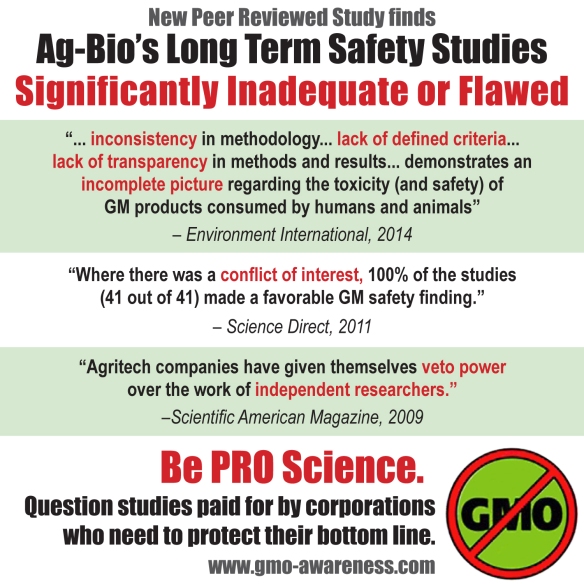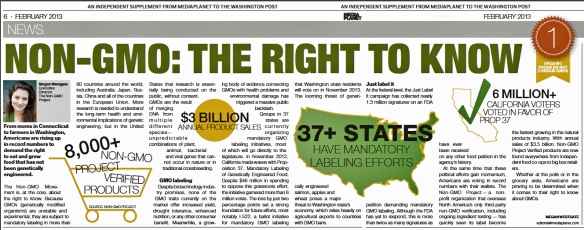The (Anti) GMO Debate
Or… how one student decided to respond to the pro-GMO propaganda at Cornell University
By Robert Schooler at www.gmowtf.com
My name is Robert, and I am a Cornell University undergraduate student. However, I’m not sure if I want to be one any more. Allow me to explain.
Cornell, as an institution, appears to be complicit in a shocking amount of ecologically destructive, academically unethical, and scientifically deceitful behavior.
Perhaps the most potent example is Cornell’s deep ties to industrial GMO agriculture, and the affiliated corporations such as Monsanto. I’d like to share how I became aware of this troubling state of affairs.








